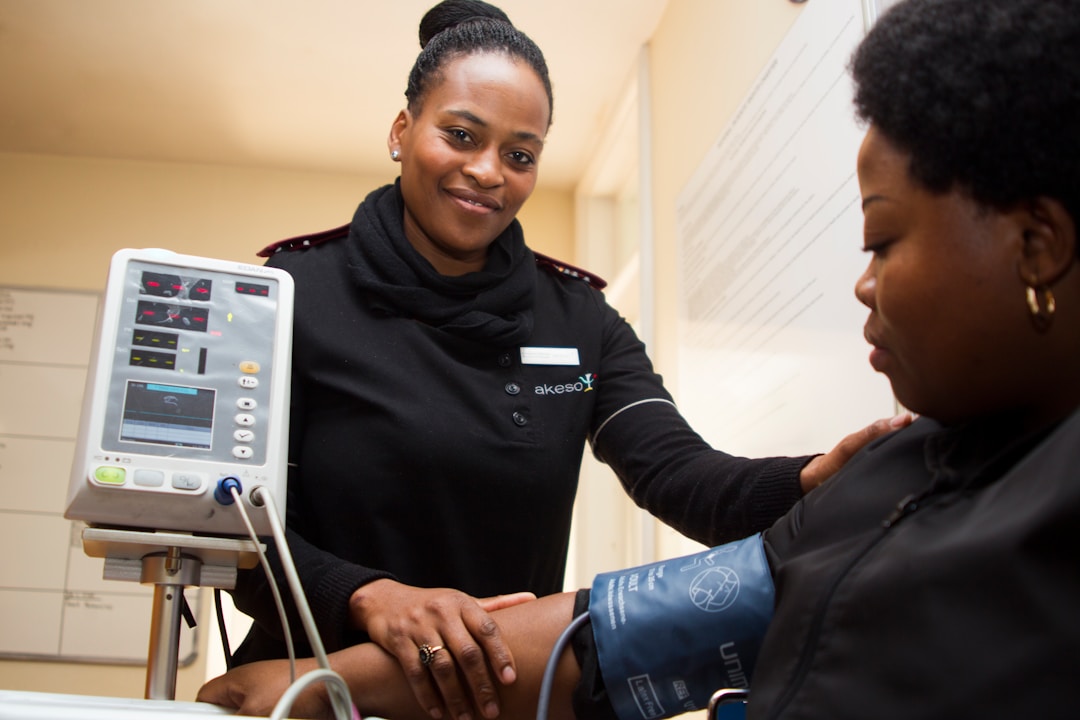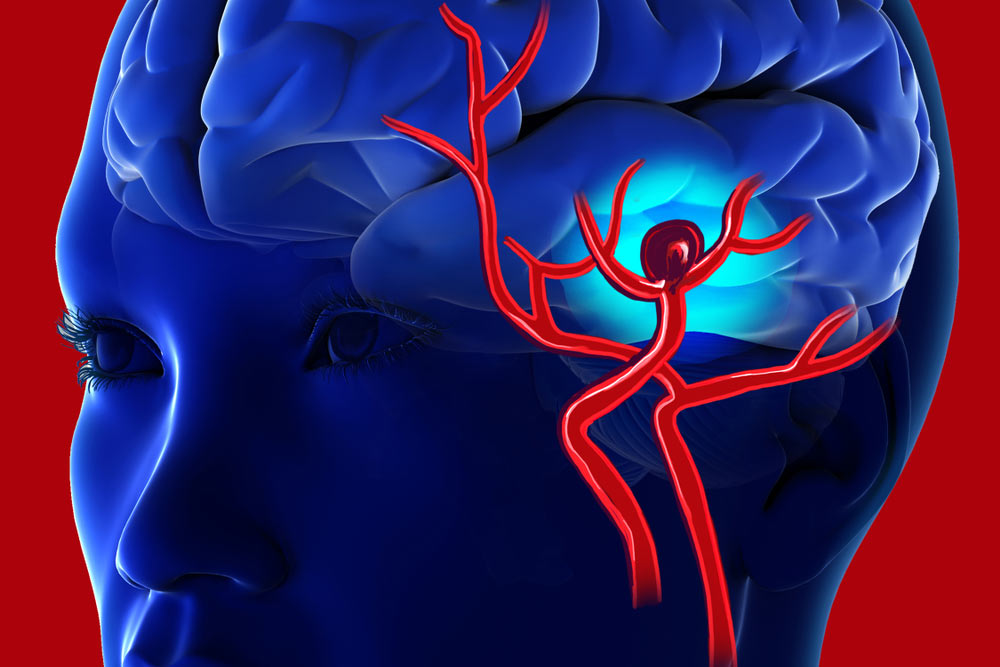An aneurysm is a serious medical condition caused by having a weak artery wall that causes an unusual bulge. When left untreated or undiagnosed, this artery can rupture and result in internal bleeding. Once they rupture, aneurysms can cause several symptoms, such as confusion, headaches, nausea, vomiting, blurred vision, and seizures, to mention a few.
A risk factor is anything that increases your chances of developing a health condition. While risk factors don’t guarantee the development of a disease, they shouldn’t be taken lightly. With this in mind, we outline some aneurysm risk factors to look out for, and what to do about them.
Hypertension

Also referred to as high blood pressure, hypertension is a medical condition caused when blood pushes against a blood vessel at an elevated pressure level. According to the American Heart Association, 46 percent of adults in the United States were thought to have the condition in 2017. This being said, it’s important to have your blood pressure checked regularly because most hypertension patients usually have no idea that they have the condition. What’s more, when left untreated, it could lead to the development of other severe health conditions such as an aneurysm rupture, stroke, or cardiovascular disease.
Simple lifestyle changes like limiting your alcohol and salt intake, maintaining a healthy diet, and exercising can help keep your blood pressure at a healthy level. Adding dietary supplements such as Blood Pressure 911 to your diet could also help you manage your blood pressure levels. Packed with nutrients such as Niacin, Folate, Vitamin C, and B6, this blood pressure supplement from Phytage Labs is easily absorbed into the bloodstream, and its effects help get your blood pressure to a healthy level.
To avoid the risk of developing any side effects from interactions with other medications you’re on, always consult your doctor before going on a new nutritional supplement.
Smoking

Excessive cigarette smoking is another significant risk factor for abdominal aortic aneurysms. This is because, over time, the tobacco from cigarette smoking weakens the stomach lining. Besides this, blood clots begin developing in the walls of the arteries to help repair these weakened walls. Unfortunately, this only makes the aorta walls weaker. If you’re a current smoker, over the age of 60, and have a history of aneurysms in your family, schedule an ultrasound screening to check/eliminate any signs of an abdominal aortic aneurysm. You may also want to read up on tips to help you quit smoking.
Family History of Aneurysms
If there’s a history of aneurysms in your family, you may be more likely to develop one. This is why it’s important to learn about your family’s medical history. The risk of developing aneurysms is especially high if you have first-degree relatives — sibling, father, mother, child — who have suffered one. In cases like these, the individual is likely to develop an aneurysm before the age of 65. Routine screening can help rule out any signs of an aneurysm.
Traumatic Head Injury

Traumatic head injuries, such as those sustained from hard falls, a blow to the head, or an auto collision, can lead to the formation of a cerebral aneurysm. This is because head trauma can weaken the walls of your brain arteries, resulting in a bulge responsible for a ruptured aneurysm. If you’ve recently been in an accident, have your doctor run a couple of tests to rule out the possibility of developing an aneurysm.
By paying attention to and moderating the risk factors of cerebral aneurysms where possible, you can play a more active role in protecting yourself and your loved ones from the risk of an aneurysm rupture. Small lifestyle changes like getting regular exercise, cessation of smoking, keeping your blood pressure in check, and eating healthier foods can help.





